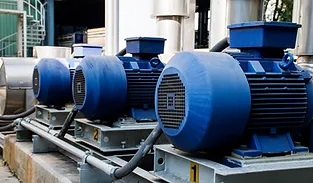Universal Joint
Category
Filter by specification
Overall Size (IDxODxW)
Outer Diameter (OD)
Inner Diameter (ID)
Width (W)
Universal Joint
A universal joint is a mechanical coupling that allows the transmission of rotary motion between two shafts that are not in a straight line with each other. It compensates for angular misalignment between the shafts and enables smooth power transmission. The universal joint consists of a pair of hinges or fork shapes yokes oriented at 90° to one another and connected by a cross shaft. These joints are commonly used for connecting line shafts, drive shafts, conveyors and most types of rotating machinery to a prime mover.
VIEW MORE
Features and benefits:
- Simple design
- Angular compensation
- Smooth motion transmission
| Item Code | Pitch | Roller Width | Roller Diameter | Overall Width | Plate Height | Plate Thickness | Pin Diameter | Average Ultimate Strength | Weight | |||||||||
|---|---|---|---|---|---|---|---|---|---|---|---|---|---|---|---|---|---|---|
| P | W | D | A | H | T | E | ||||||||||||
| inch | mm | inch | mm | inch | mm | inch | mm | inch | mm | inch | mm | inch | mm | lbs | kg | lbs | kg | |
Applications
FAQ
Q: What are the main types of universal joints?
-The two main types of universal joints are plain or single U-joints and constant velocity (CV) joints. CV joints are often used in applications where a smoother and constant velocity transmission is required.
Q: Where are constant velocity (CV) joints typically used?
-CV joints are commonly used in automotive applications, especially in front-wheel-drive vehicles, to maintain a constant velocity and reduce vibration.
Q: Where are universal joints commonly used?
-Universal joints find widespread use in automotive drivetrains, industrial machinery, agricultural equipment, marine systems, and various applications where shafts need to transmit motion at non-aligned angles.



.jpg)





